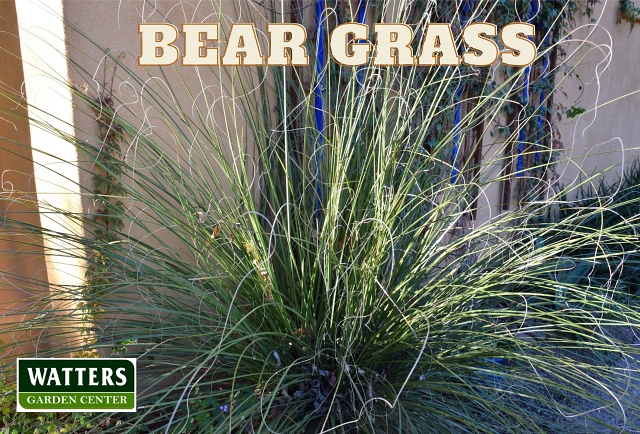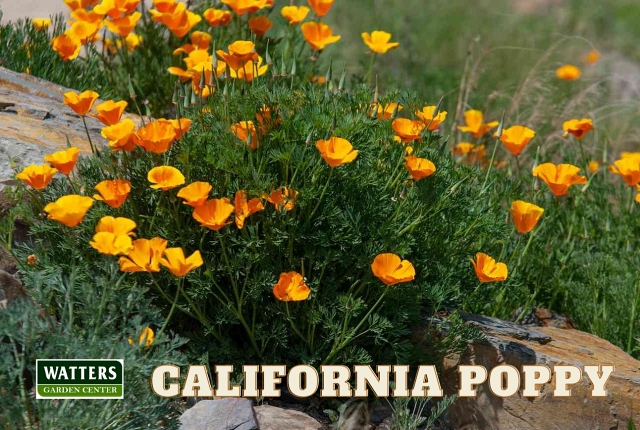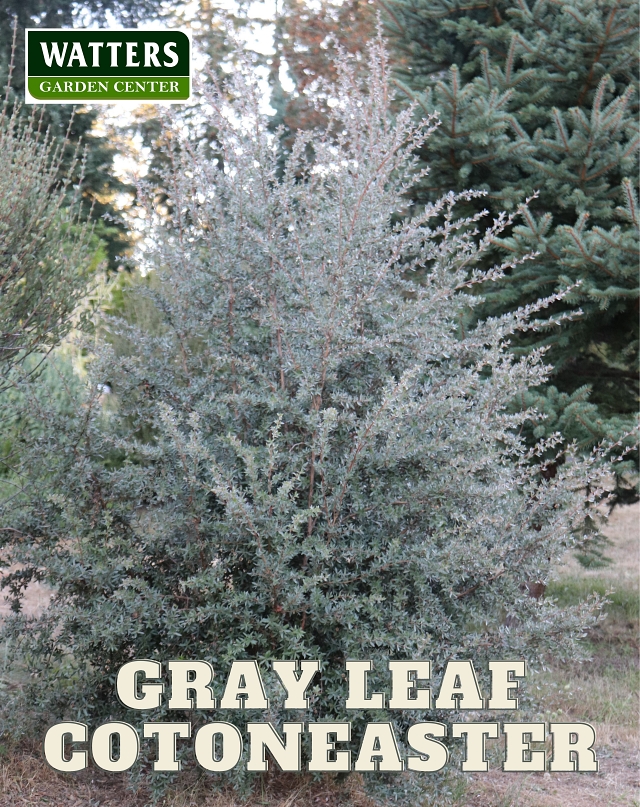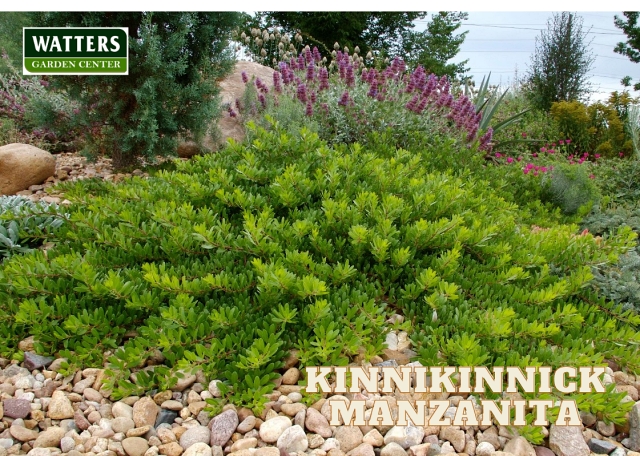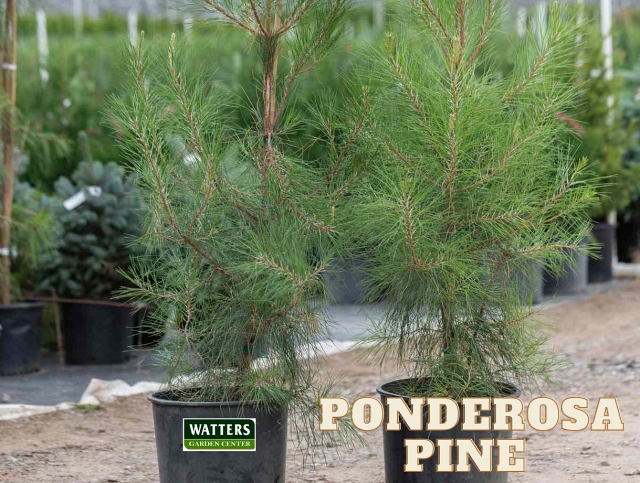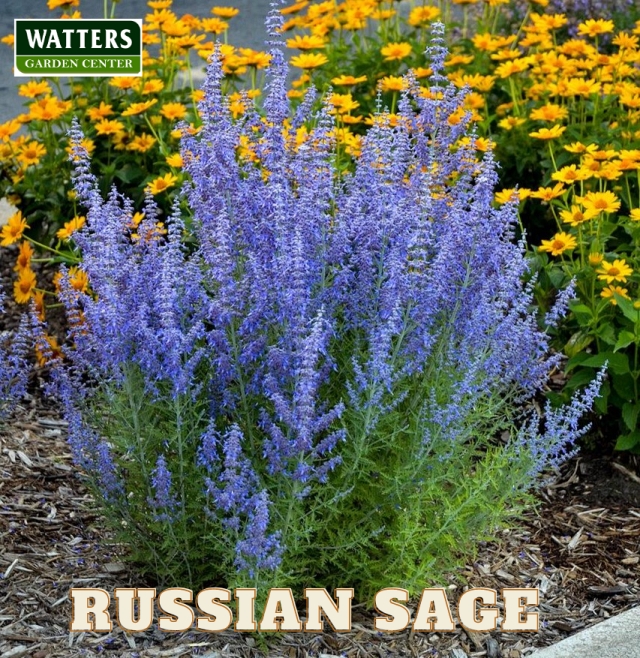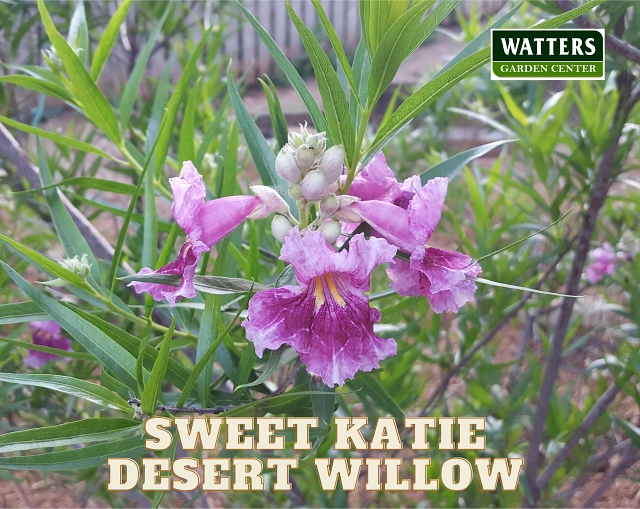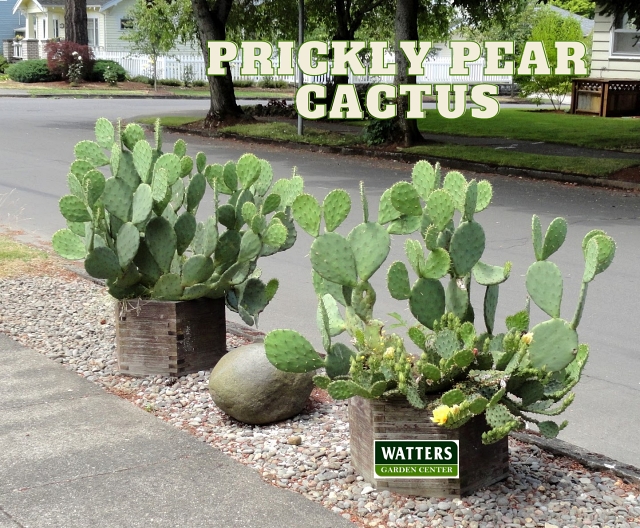By Ken Lain, the Mountain Gardener

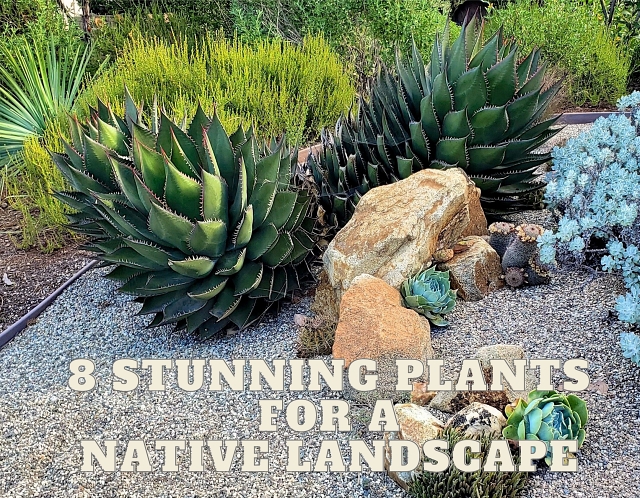
Arizona’s enchanting landscapes, where the rugged desert meets the majestic mountains, boast over 4,000 native plants, adding vibrancy and resilience to your outdoor oasis. As you embark on your garden journey this spring, consider these 8 vibrant plants carefully selected to transform your Arizona landscape into something unique and beautiful.
1. Bear Grass, Nolina microcarpa, adds a touch of elegance and texture to any landscape. In spring, this clumping perennial grass produces rosettes of stiff, evergreen leaves and tall spikes of white flowers. Bear grass is surprisingly low-maintenance, tolerating drought and poor soil conditions.
2. California Poppy, Eschscholzia californica, is a vibrant wildflower showcasing large, showy flowers in hues of yellow and orange. Despite its beauty, the Arizona poppy can be challenging to cultivate, requiring well-draining soil and full sun. However, its resilience in harsh environments makes it a unique addition to more extensive wildflower gardens.
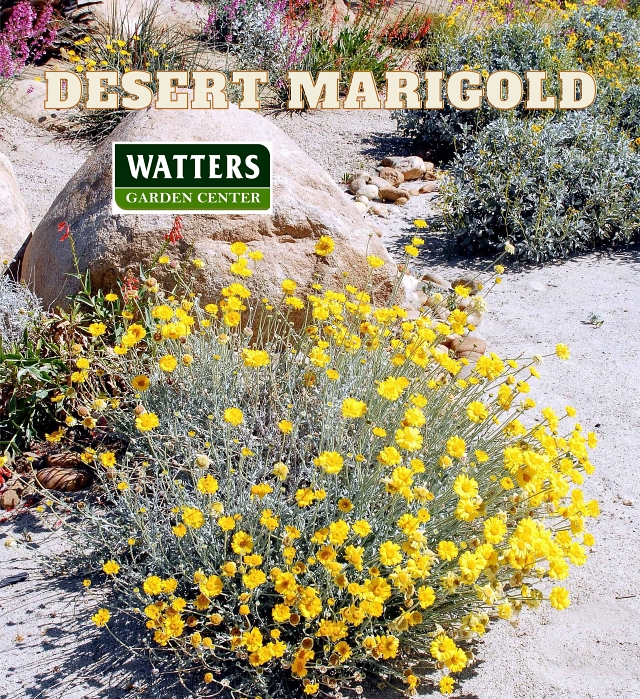
3. Desert Marigold, Baileya multiradiata, is a burst of sunshine in the desert that brightens any landscape with its cheerful yellow flowers. This low-growing wildflower thrives in well-drained soil and is a welcome sight in summer. The perfect wildflower companion with Arizona Poppy.
4. Gray Leaf Cotoneaster, is a low-growing shrub valued for its attractive foliage and non-stop seasonal interest. Soft, gray-green leaves provide year-round beauty, while clusters of white flowers emerge in spring, followed by bright red berries that attract birds in Autumn. This drought-hardy shrub thrives in bright sunlight conditions.
5. Manzanita, Arctostaphylos, is a quintessential Arizona shrub prized for its year-round beauty. The evergreen leaves provide winter interest, while clusters of white or pink flowers emerge in spring, followed by red berries that attract birds. Manzanita tolerates harsh soil conditions. We have three staggered heights: Howard McMinn is a head-high variety, Panchito Manzanita is a tidier hip-high variety, and Kinnikinnick Manzanita is a low-growing groundcover. Plant all three for a fascinating native landscape.
6. Ponderosa Pine, Pinus ponderosa, with its majestic presence, adds grandeur to any landscape. This evergreen giant thrives in diverse climates, from mountain slopes to canyons, and provides valuable habitat for wildlife. Loved for its aromatic wood, the Ponderosa Pine also has historical significance for Native American tribes
7. Russian Sage, Perovskia atriplicifolia, is a late-season bloomer that adds elegance to Arizona landscapes. This herbaceous perennial boasts tall spikes of lavender flowers that bloom from midsummer through Autumn and attract butterflies. Russian Sage thrives in hot sun and wind.
8. Sweet Katie Desert Willow, Chilopsis linearis, is a captivating flowering tree that adds vibrant color to your garden. Trumpet-shaped flowers in shades of pink, purple, and white erupt in spring and summer, attracting hummingbirds and other pollinators. Despite its name, this fast-growing, drought-tolerant tree thrives in various climates, making it a versatile choice for Arizona landscapes. With the introduction of the ‘Sweet Bubba’ variety, the tree now flowers in waves of color through summer without forming the local bean pods.
Bonus: Prickly Pear Cactus, Opuntia, no Arizona landscape is complete without a cactus, and the Prickly Pear Cactus is a natural choice. These iconic cacti come in various shapes and sizes, with some sporting colorful flowers. All of which provide valuable habitats for desert wildlife. Prickly pear cactus pads can even be used in Southwestern Cuisine!
By including these native Arizona natives, you create a beautiful, sustainable landscape that celebrates the unique character of the Southwest. These native plants are adapted to our climate, requiring less water and maintenance than non-native species. They also provide vital food and shelter for native pollinators, birds, and other wildlife.
Explore the exciting world of Arizona’s native plants at Watters Garden Center. With some planning, you can create a vibrant and sustainable landscape that reflects the natural beauty of your desert home.
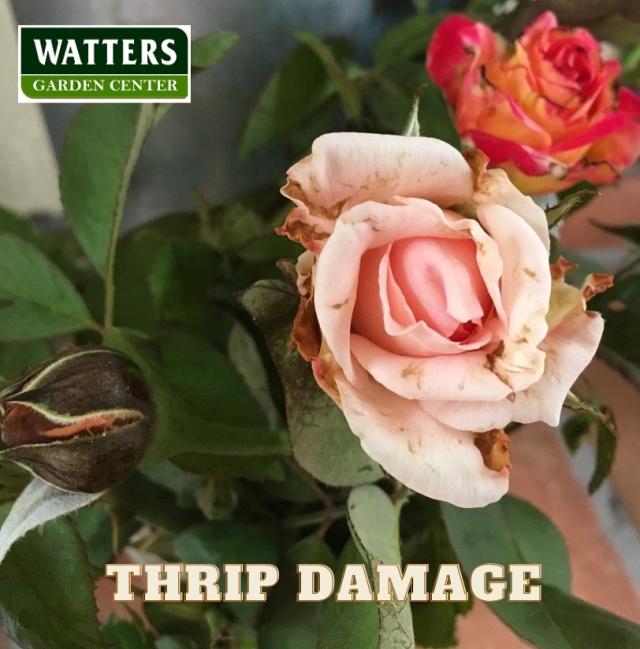
Garden Alert—The Thrip is the smallest of insects and has been spotted on local flowers, especially Iris, Roses, and peonies. Symptoms include flowers slow to open, even shorter bloom times, and possible blackened pedals. New leaf growth can be crinkled and deformed. Thrips are sometimes called ‘No See Um’ for their tendency to bite gardeners’ skin. Spray immediately with Watters ‘Cyonora‘ bug spray to protect your flower gardens this spring.
Until next week, I’ll be helping gardeners grow natural native plants here at Watters Garden Center.



